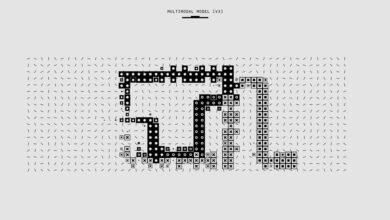National Signal Authentication and Audit Division 2816983867 8334942455 6104214058 2162066650 9296953173 8886632331

You’re likely aware of the critical role the National Signal Authentication and Audit Division (NSAAD) plays in securing communication signals. With an emphasis on advanced cryptographic algorithms and machine learning, they rigorously audit signal integrity. However, as emerging threats evolve, the challenge of maintaining secure channels becomes increasingly complex. Understanding how NSAAD adapts its methodologies to counter these vulnerabilities is essential for grasping the future of secure communication. What strategies might they employ next?
Overview of the National Signal Authentication and Audit Division
The National Signal Authentication and Audit Division (NSAAD) plays a crucial role in ensuring the integrity and security of communication signals across various platforms.
You’ll find that their audit processes are designed to rigorously evaluate signal integrity, identifying vulnerabilities and enhancing resilience.
Key Operational Units and Their Roles
While overseeing signal authentication and audit processes, several key operational units within the National Signal Authentication and Audit Division (NSAAD) play distinct yet interrelated roles.
These units focus on signal verification, ensuring each signal’s integrity and authenticity.
Advanced Methodologies in Signal Authentication
As advancements in technology continue to evolve, so too must the methodologies employed in signal authentication to ensure robust security measures.
You should focus on enhancing signal verification through sophisticated authentication techniques, such as cryptographic algorithms and machine learning.
Implementing these strategies fortifies your systems against unauthorized access, enabling a more secure communication environment that upholds the essential freedom of information exchange.
Addressing Emerging Threats in Communication Systems
Emerging threats in communication systems demand immediate attention, especially in light of the advanced methodologies developed for signal authentication.
You must address cybersecurity challenges head-on, as they expose critical communication vulnerabilities. Implementing robust encryption techniques and continuous monitoring can significantly enhance system integrity.
Conclusion
In the ever-evolving landscape of communication security, the National Signal Authentication and Audit Division stands as a vigilant sentry, ensuring that each signal remains untarnished and trustworthy. By leveraging cutting-edge methodologies, it not only fortifies our defenses against emerging threats but also fosters a secure environment for information exchange. As you navigate this intricate web of signals, remember that the unwavering commitment of NSAAD plays a crucial role in safeguarding the integrity of our national communication channels.




